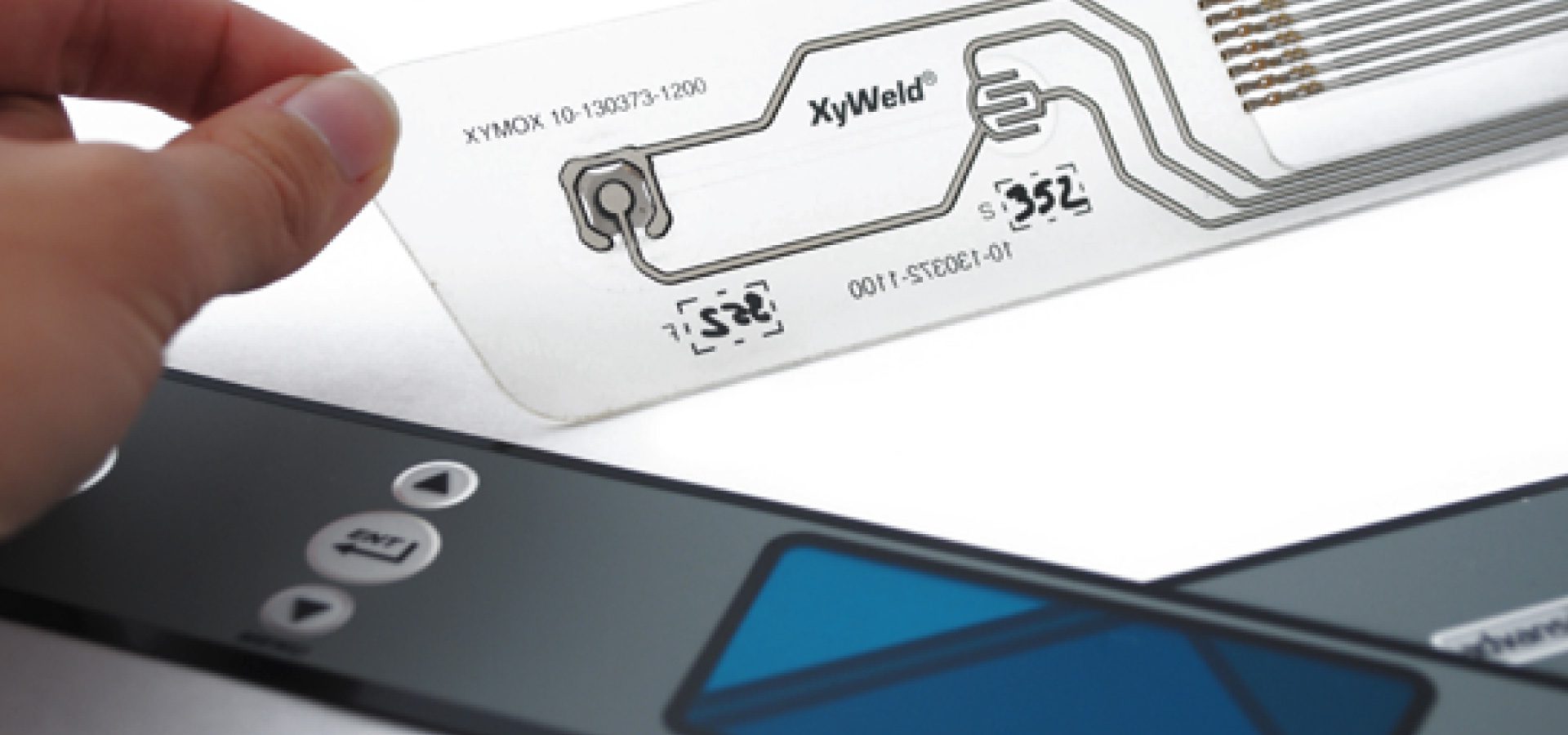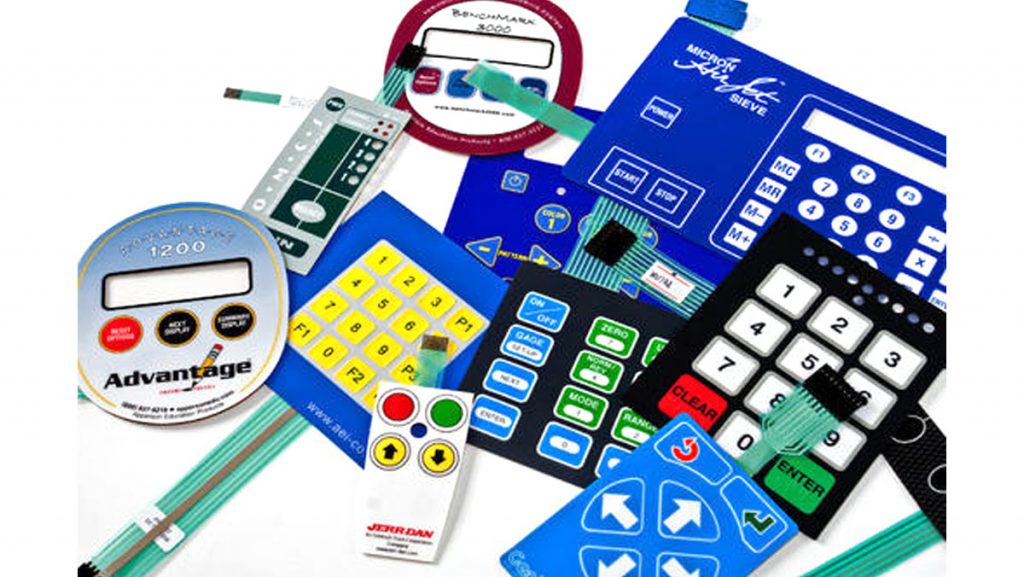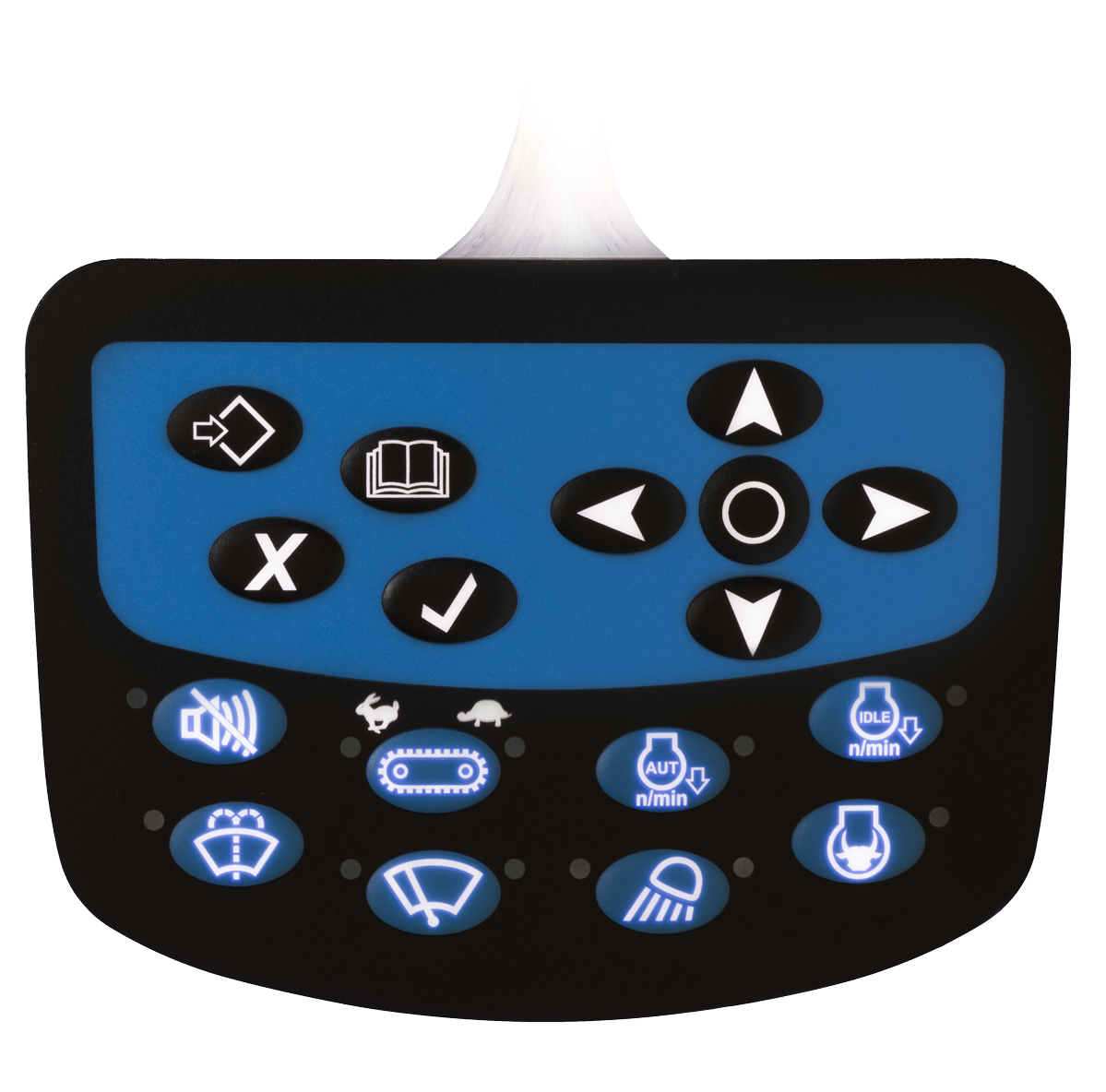How Membrane Switches Are Designed for Easy Maintenance and Repair
How Membrane Switches Are Designed for Easy Maintenance and Repair
Blog Article
Recognizing the Significance of Membrane Switches in User User Interfaces
Membrane switches are indispensable elements in the design of reliable interface, facilitating not just performance but likewise enhancing visual appeal and customer interaction. Their unique functions, such as resistance to environmental aspects and customizable layouts, make them appropriate for a varied range of applications throughout multiple sectors. As we explore the different benefits and future patterns connected with Membrane modern technology, it becomes clear that these buttons are more than just components; they represent a convergence of technology and practicality. The ramifications of this modern technology on individual experience deserve examining even more.
What Are Membrane Buttons?

The spacer layer, which contains glue properties, permits the splitting up of the circuit layer from the overlay, making certain that the button stays in a non-activated state up until pressed. When stress is related to the overlay, it compresses the spacer layer, bridging the gap and finishing the circuit in the underlying layer. This style not only reduces the physical room needed for standard mechanical switches but additionally improves the sturdiness of the device, as Membrane switches are typically immune to dirt, moisture, and various other ecological elements.
Commonly located in applications ranging from customer electronic devices to medical tools, Membrane switches are important to contemporary innovation, supplying a easy to use and efficient user interface that lines up with modern style needs.
Benefits of Membrane Switches
While countless switch modern technologies exist, Membrane Switches offer unique advantages that make them especially desirable in different applications. Among the main advantages of Membrane switches is their portable style, which permits space-saving executions in devices where realty is limited. Their thin account not only improves visual appeal however additionally helps with light-weight construction.
One more substantial advantage is their resistance to environmental variables. Membrane switches are normally sealed against wetness, dirt, and contaminants, making them optimal for usage popular atmospheres, such as clinical tools and industrial equipment. This toughness extends the lifespan of the switch, minimizing upkeep prices and enhancing dependability.
Additionally, Membrane buttons can be tailored to meet particular style demands, including one-of-a-kind graphics and shades that enhance user interaction. Their tactile comments choices can likewise be customized to supply an enjoyable customer experience. Additionally, Membrane switches are affordable, especially in high-volume applications, as they can be created effectively.
Applications in Numerous Industries

In the consumer electronics field, Membrane switches prevail in gadgets such as microwaves, washing equipments, and remotes. Their tactile responses and visual options boost individual experience while providing a streamlined, contemporary look. In addition, automobile manufacturers use visit Membrane buttons in dashboard controls and infomercial systems, where space is restricted, and user interaction is vital.
Additionally, the industrial field leverages Membrane buttons in control panels for machinery and devices, allowing for instinctive operation in commonly severe settings. Their resistance Your Domain Name to chemicals and moisture makes sure longevity and dependability in these applications. Overall, the versatility of Membrane Switches contributes significantly to their extensive usage, making them essential in numerous technological domains.
Style Factors To Consider for Membrane Switches

When developing Membrane buttons, numerous key considerations need to be taken right into account to ensure ideal performance and customer experience. The selection of products is essential; selecting durable, top quality substrates can enhance the switch's longevity and resistance to environmental factors such as moisture and temperature fluctuations.
Second of all, the layout of the graphic overlay need to focus on quality and convenience of usage. Symbols and message need to be readable, and the design must assist in user-friendly interaction (membrane switches). Furthermore, tactile responses is important; incorporating a tactile dome or various other devices can improve the individual experience by offering physical confirmation of activation
Another vital aspect is the switch's electrical efficiency. Developers should ensure that the conductive traces are properly made to lessen resistance and prevent signal interference. This entails analyzing the needed actuation force and ensuring compatibility with the digital elements they find out here will user interface with.

Future Trends in Membrane Technology
As modern technology remains to breakthrough, Membrane buttons are poised to evolve substantially, driven by developments in products and manufacturing strategies. One arising pattern is the unification of sophisticated products, such as conductive inks and versatile substratums, which improve longevity and lower the overall weight of Membrane switches. These products not only boost the responsive action yet also enable the layout of switches that can stand up to harsher ecological problems.
In addition, the integration of touch-sensitive innovations is changing typical Membrane Switches into even more interactive interface. Capacitive touch sensors embedded within Membrane switch panels can give an extra responsive and intuitive customer experience, straightening with the growing demand for sleek, contemporary layouts in customer electronic devices.
Additionally, developments in printing methods, such as electronic and 3D printing, make it possible for quick prototyping and customization of Membrane buttons. This flexibility allows manufacturers to respond faster to market demands and consumer preferences.
Lastly, sustainability is becoming a significant focus, with manufacturers exploring green products and procedures. As these patterns unfold, the future of Membrane technology promises boosted capability, visual charm, and environmental responsibility, solidifying their duty in innovative interface throughout different industries.
Conclusion
In conclusion, Membrane Switches represent an essential element in the layout of individual interfaces, incorporating performance with visual versatility. As innovations in innovation proceed, the evolution of Membrane switches is expected to more refine customer interfaces, driving innovation and enhancing use in a progressively intricate technological landscape.
Membrane buttons are integral elements in the layout of effective individual interfaces, promoting not only performance yet also improving visual allure and user interaction.Membrane Switches offer as a vital element in numerous customer interfaces, facilitating a seamless communication in between customers and electronic devices.While many button modern technologies exist, Membrane Switches offer distinct advantages that make them especially preferable in numerous applications.Moreover, Membrane switches can be personalized to fulfill details design requirements, integrating special graphics and shades that boost user interaction.In conclusion, Membrane Switches represent an important element in the style of customer interfaces, combining functionality with aesthetic flexibility.
Report this page